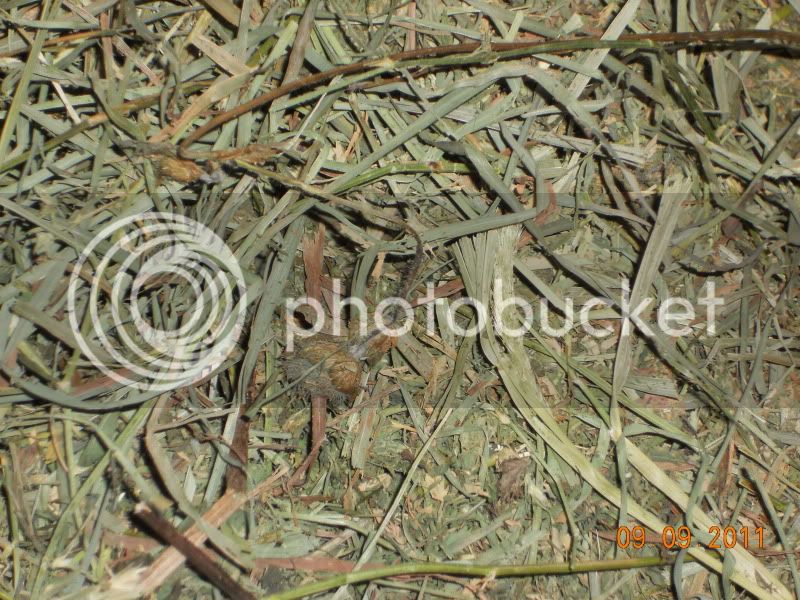Anyone who has been feeling safe about natural feeding as opposed to feeding commercial pellets needs to be aware that there is still the potential for bad feed.
I was browsing on Homesteading Today just now and found a heartbreaking thread about a goat owner who is struggling with the devastating effects of poisoning in her herd... as a result of feeding some organic alfalfa hay.
http://www.homesteadingtoday.com/goats/ ... rayer.html
It can happen to any of us.
I was browsing on Homesteading Today just now and found a heartbreaking thread about a goat owner who is struggling with the devastating effects of poisoning in her herd... as a result of feeding some organic alfalfa hay.
http://www.homesteadingtoday.com/goats/ ... rayer.html
It can happen to any of us.




















































